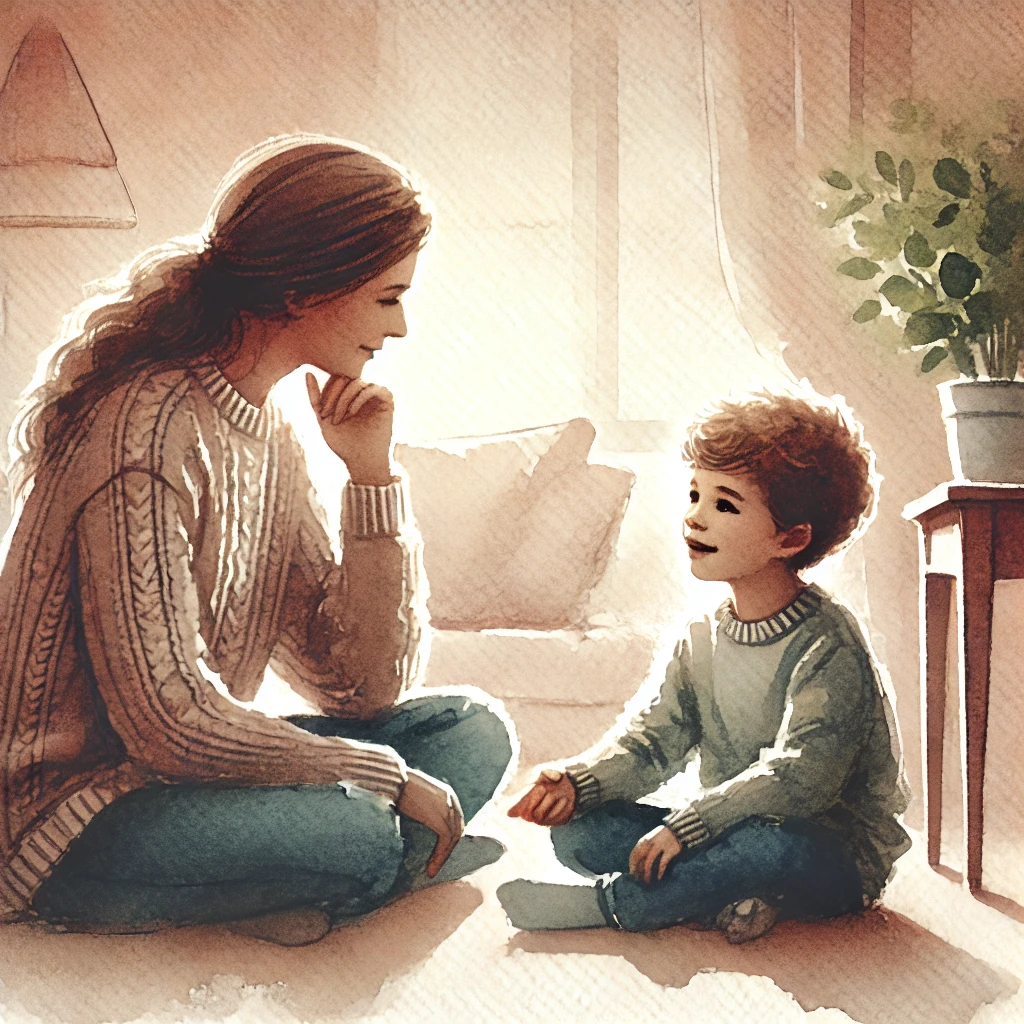In today’s complex world, many parents find themselves asking one crucial question: “How can I protect my child?” According to Dr. Amy Zabin, the central answer lies in a concept that might sound both simple and obvious—communication. Although parenting methods and conventional wisdom have evolved over the generations, prioritising active, open, and honest communication with your children remains a powerful shield against potential threats and predatory behaviours.
Below are several practical ways to foster the kind of deep, trusting communication that will help you protect your child.
1. Embrace a New Paradigm of Parenting
Until relatively recently, the prevailing advice for raising children included the adage that children should be “seen and not heard” and that adults—regardless of who they are—were the ultimate authorities in a child’s life. This mindset inadvertently creates a dangerous silence in which a child’s thoughts, concerns, or fears might go unnoticed.
Shift your approach to parenting by:
– Inviting questions: Show genuine interest in what your child wonders about. This breaks down communication barriers early.
– Encouraging curiosity: If your child is unsure or confused about something they have seen or heard, let them know you are always available to talk and clarify.
2. Create a Judgment-Free Zone
One of the most crucial aspects of strengthening communication is letting your child know that they can approach you about any topic—even the uncomfortable ones—without fear of punishment or shame. Children who feel safe discussing their experiences and mistakes are less likely to hide potentially harmful situations.
How to cultivate a safe space:
– Respond calmly and supportively: If your child comes to you with a question or a concern, react with empathy, not anger.
– Practice active listening: Maintain eye contact, ask open-ended questions, and repeat what you heard to ensure you understand fully.
3. Teach Boundaries and Autonomy
Predators often exploit a child’s innocence and lack of understanding about personal boundaries. Open communication must include conversations about bodily autonomy, consent, and the right to say “no” to unwanted touch—even if the other person is an adult or an authority figure.
Key discussions:
– “No one has the right to…”: Explain that no one—relatives, teachers, coaches—has the right to make them feel uncomfortable or to violate their personal space.
– “Telling is never tattling”: Reinforce that if someone crosses a boundary, your child should tell a trusted adult right away, and they won’t be in trouble for speaking up.
4. Leverage Teachable Moments
Everyday life offers countless teachable moments—instances where you can seamlessly talk about safety and boundaries. A news story, a scene in a TV show, or a situation your child witnessed at school can open the door to conversations about what is appropriate or safe.
Strategies for teachable moments:
– Ask for their perspective: What did they notice? How did it make them feel?
– Discuss alternatives: If the situation was uncomfortable, ask them to think about what could have been done differently.
5. Model the Behavior You Want to See
Children learn more from what they observe than what they are told. If they watch you engage with honesty, empathy, and respect in your daily interactions, they are more likely to emulate those qualities and develop the confidence to speak up.
What modeling looks like:
– Respect boundaries: Show your child that you respect their personal space, and ask permission before hugging or tickling.
– Apologize when necessary: If you raise your voice or make a mistake, own it. Demonstrating accountability models healthy communication and conflict resolution.
6. Build a Network of Support
Open communication with your child is vital, but ensuring they have other trusted adults in their lives can also offer an added layer of safety. Relatives, family friends, teachers, counsellors, or faith leaders can all be a part of a broader support network.
How to expand their safety net:
– Identify “safe adults”: Discuss with your child who they can talk to if they feel uncomfortable and for some reason can’t come to you.
– Stay connected: Keep in regular contact with your child’s school, coaches, and mentors to be aware of any notable changes or issues.
7. Address the Online World
In the digital age, predators can lurk behind screens, making it paramount to keep communication lines open about internet safety. Children should feel comfortable talking to you about what they do online, who they interact with, and the nature of those interactions.
Online safety tips:
– Encourage transparency: Let them know you are there to help, not to invade their privacy.
– Set clear guidelines: Agree on what is acceptable to share and discuss why certain information—like personal details—must stay private.
Final Thoughts
Protecting a child from predators ultimately depends on creating an environment where communication is not only encouraged but actively practiced. As Dr. Amy Zabin suggests, this goes beyond the standard talk sessions and delves into establishing a relationship grounded in mutual respect, trust, and openness. By breaking away from outdated parenting beliefs, being receptive to your child’s voice, and guiding them to understand and advocate for their own boundaries, you arm them with the confidence and awareness needed to navigate a world where threats can come from both strangers and familiar faces.
Remember: Communication is not a one-time discussion; it’s a way of life. The more consistently and genuinely you engage with your children, the better they will be equipped to share their concerns, ask for help when they need it, and ultimately stay safer in every facet of their lives.
